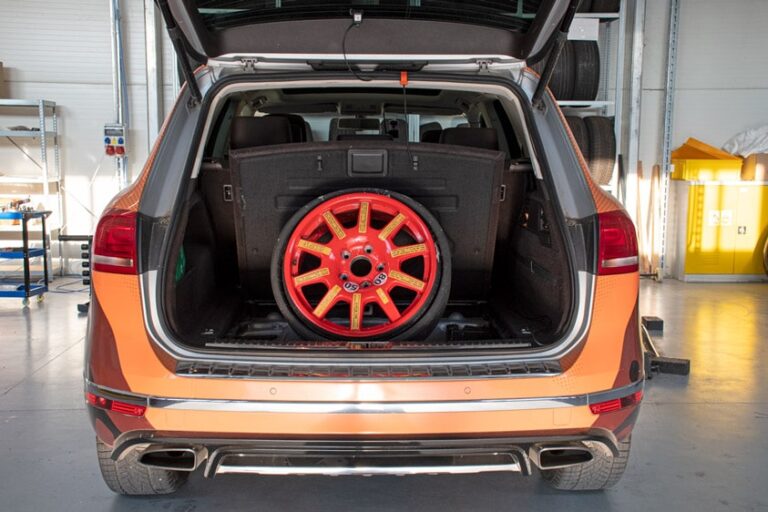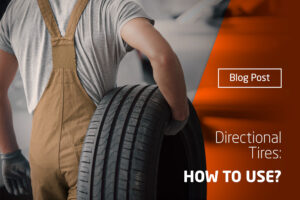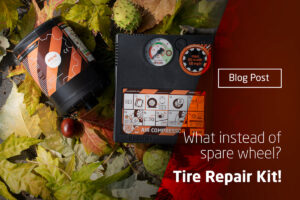How to properly store car tires?
Improper maintenance and storage of tires may adversely affect their parameters and properties, which in turn leads to a shortening of their service life. As a result, tires will need to be changed faster. Therefore, it is worth taking care of proper storage to be able to enjoy safe, good-quality tires for several seasons. In this article, you will learn how to store tires in your garage or basement.

How to prepare tires for storage?
Both summer and winter tires should be properly prepared for storage. First of all, they need to be thoroughly cleaned of all dirt: dust, soil, but also chemicals, e.g. gasoline, solvent or oil. For this purpose, it is necessary to thoroughly wash them and then dry them. Stones, sand, and other unwanted elements must be removed from the tread, which, if stuck in the tire for several months, can deform it. For cleaning, it is best to use lukewarm water with a special car shampoo, as well as a brush or sponge. -advises Matusz Bieda Test Engineer at Aircom Automotive
An important step is also checking the general condition of the tires for possible cracks, abrasions or other disturbing changes. Then, it is worth protecting the tires with a special preparation that will increase their durability and resistance to external factors during several months of storage.
How to store car tires with and without rims?
Properly cleaned and preserved tires should be stored in special cases or large bags, which will protect them against dirt, UV radiation, and other external factors. Make sure that the tires placed in the container are thoroughly dry. Water deposited on the foil-wrapped tire may result in the appearance of bubbles on the inside of the tire.
In the case of tires without rims, it is best to place them vertically, side by side. Every few weeks, they should be turned to change the point of contact between the rubber and the ground. In this way, the risk of deformation of the rubber can be minimized. Tires with rims, on the other hand, should be placed horizontally, one on the other. Do not place them vertically, as the weight of the rim may deform the rubber in this case.
Tires are best placed on a shelf or other pad, made of e.g. a board or cardboard. This will isolate the rubber from the floor, where water or chemicals can accumulate and have a negative effect on the quality of the tires. Also, make sure to place them in a place where the sun’s rays cannot reach, which can cause rubber chipping, cracks, and discoloration.
How to store tires in a garage or basement?
Regardless of where the tires are stored, they should be kept in a dry place, away from intense sunlight. Remember not to put any additional items on them. The weight of such a load can deform the tires and the sharp edges damage the tires. Therefore, it is best if they are on a separate shelf or in some other secluded place. It is recommended that the room temperature be between -5 and +30 degrees Celsius.
Place the tires away from heat sources that can cause deformation. So if you want to store them in a basement or boiler room, remember that they must not be located near a stove or central heating pipes. Tires should also not be placed near electrical devices such as motors, welders, or transformers. Electrical discharges of devices are a source of ozone that destroys rubber.

What are the risks of improper tire storage?
Incorrect tire storage has many negative effects. For example, moisture is a major risk for rubbers, so make sure that the place of storage is dry. This applies to both tires with and without rims, however, in the first case, the risk of damage is greater – the rims may rust. Therefore, we should avoid wet places to minimize the risk of damaging the tire and the rim.
If stones or other sharp elements are left in the tread, the tire deforms and the wheel becomes too noisy, comparable to a damaged bearing.





